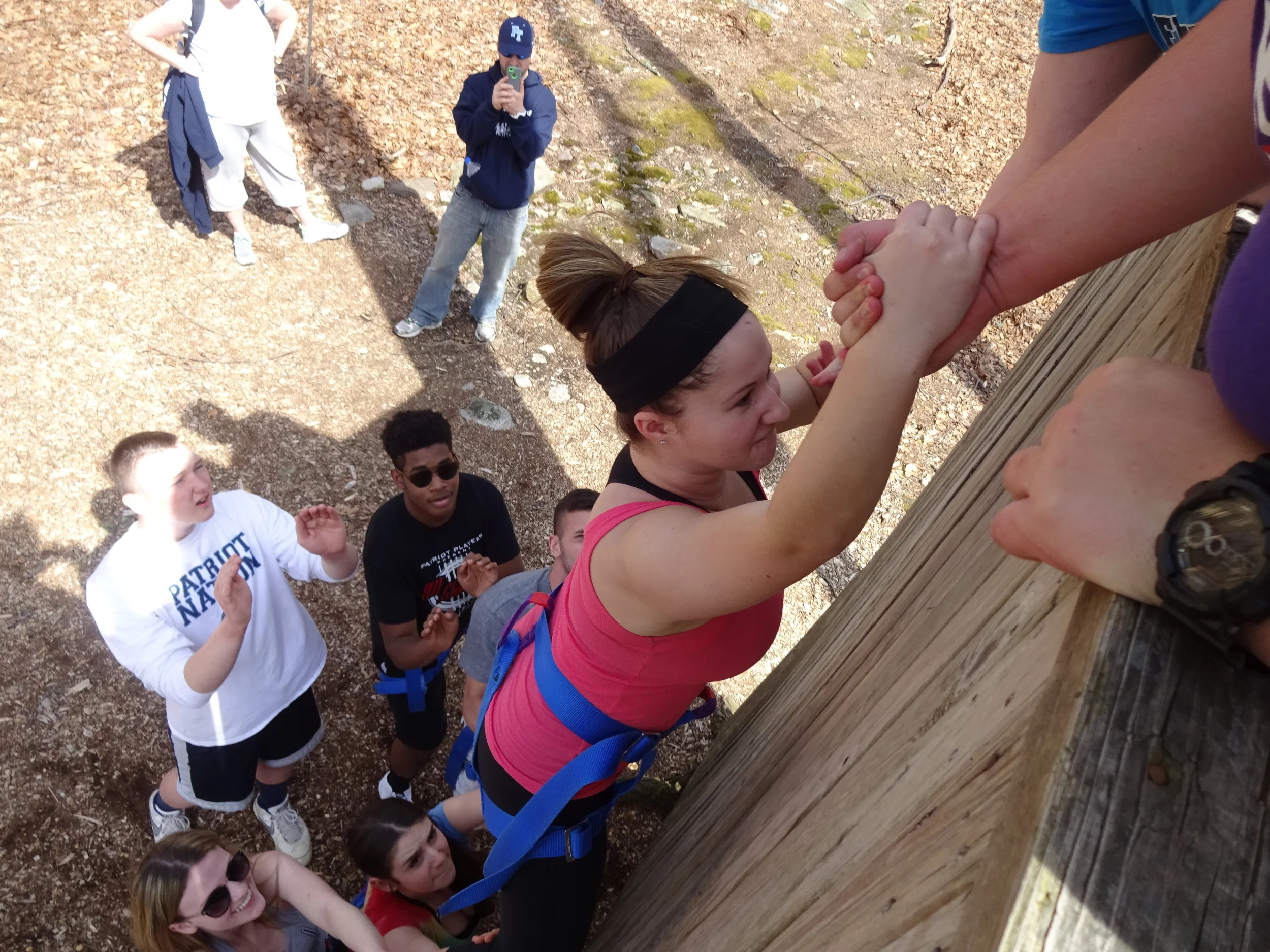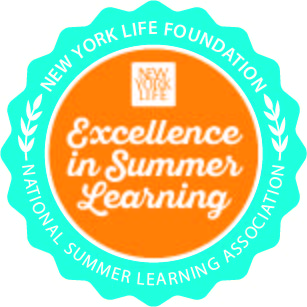Back to the Outdoor Classroom
/September is well underway which means kids of all ages are back in the classroom to learn things like how to solve quadratic equations, write persuasive essays, and navigate Shakespeare. We know how important it is for students to receive a well-rounded education based on standards and core competencies but here at the Princeton-Blairstown Center we like to do things a little differently and invite our students to learn experientially (hands-on) in our outdoor classroom which results in increased attention and engagement.
A student engages in experiential learning at the Princeton-Blairstown Center
The National Wildlife Federation explains how outdoor education and access to nature benefits children and how outdoor education can be implemented for schools, home-schooled students, and at home. In 2010, the National Wildlife Federation surveyed over 1,800 educators and found that a majority of educators believed that children who spend regular time in outdoor play are better able to concentrate and perform better in the classroom as well as tending to be more creative and better able to problem solve. According to the report, students who participated in environment-based education programs had higher scores on standardized assessments in subjects like language arts, math, and science and showed improved classroom behavior and a more positive outlook on school.
Even an “indoor lesson” taught outside has huge benefits for students. According to an article from the Greater Good Science Center at the University of California at Berkeley, students who received an “indoor lesson,” one that did not incorporate student interaction or free play, outside during the school day, resulted in more engaged and focused students in subsequent classes.
Environmental Education is one of the cornerstones of the Center’s programming. Revamped in 2021, the Center now offers fifteen curriculum-aligned environmental education programs perfect for schools, featuring inquiry-based, hands-on science learning. Each program combines outdoor exploration with STEM- and SEL-reinforcing activities to help students engage more deeply with science and the scientific method.
The topics covered by the Center’s Environmental Education are varied and comprehensive including things like Astronomy, Geology, Phenology & Climate Change, Large Mammals, and Forest Ecology. These courses are designed to take advantage of the Blairstown Campus and its history, natural features, and inhabitants. For instance, in the Center’s Stream Study course, students hike to Blair Creek to search for macroinvertebrates. Students use reference charts to identify different species and determine the pollution levels in the water based on the sensitivity of the macroinvertebrates found.
We have created “sneak peeks” into each of our Environmental Education courses that take you to the heart of the Blairstown Campus to see what you and your students could experience when you choose to partake in our Environmental Education programs.
One of the benefits of partnering with the Princeton-Blairstown Center is that educators can choose what will benefit their students the most, whether it is a particular Environmental Education course or a combination of Environmental Education and Adventure Education. Our programming is customizable, and our facilitators will work with every group to make sure that the needs of students are met, and that the program meets specific goals.






















